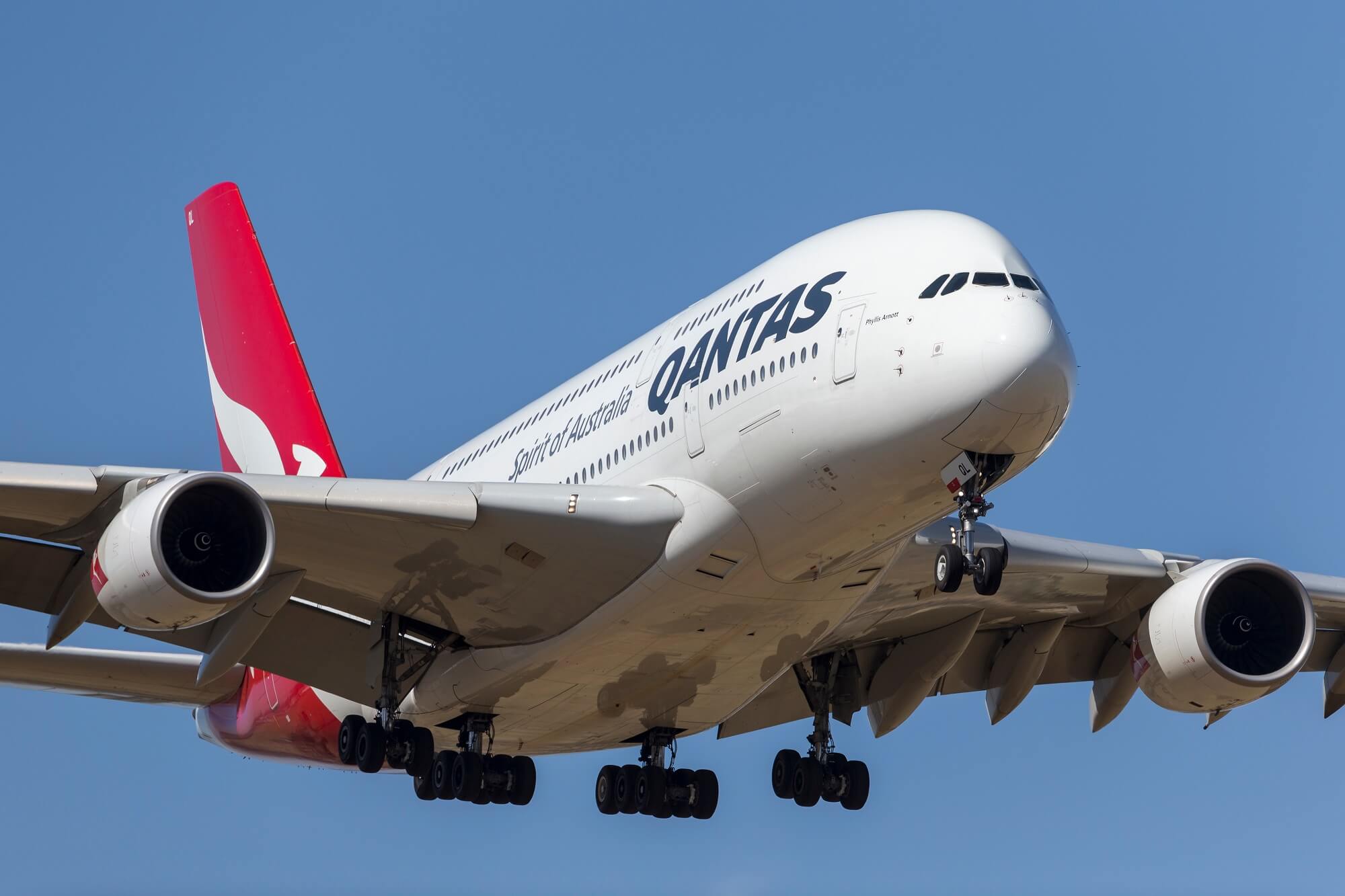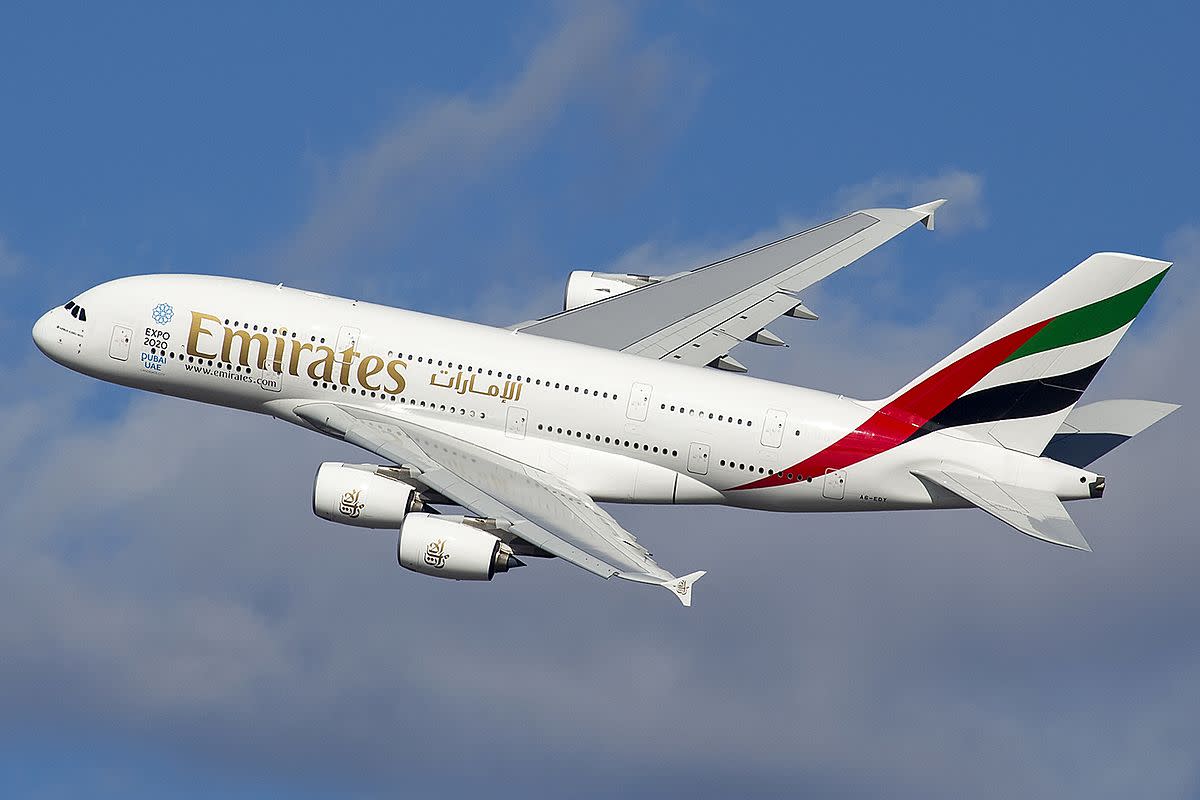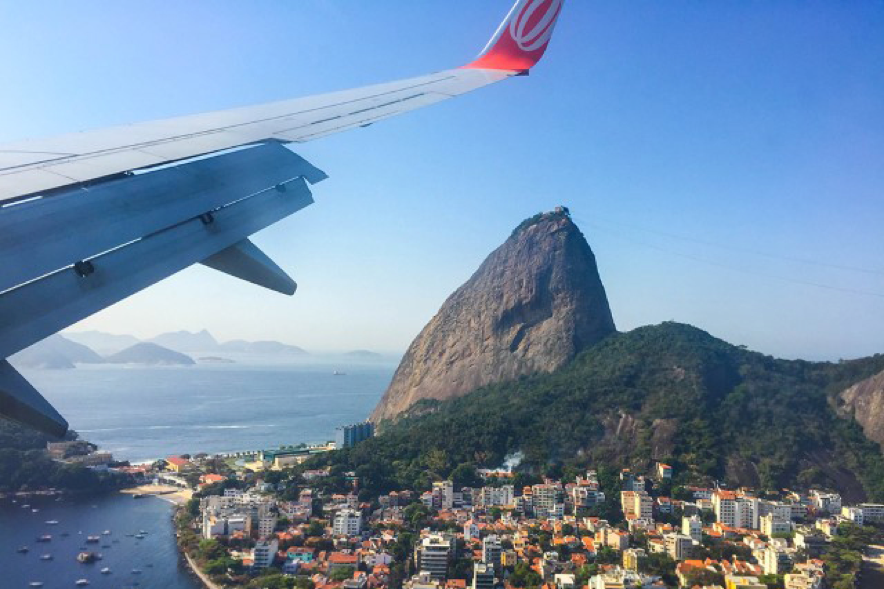Passenger Plane Industry in Brazil: Passenger Plane Brazil

Brazil’s passenger plane industry is a vibrant and crucial part of its economy, connecting people and facilitating trade across the vast country. It’s a complex ecosystem that involves major airlines, smaller regional carriers, and a growing network of airports. This dynamic sector is driven by various factors, including tourism, economic growth, and the increasing demand for air travel among Brazilians.
Major Airlines Operating in Brazil
The Brazilian airline industry is dominated by a few major players, each with its unique characteristics and market focus. These airlines are responsible for connecting major cities within Brazil and providing international routes to destinations across the globe.
- GOL Linhas Aéreas Inteligentes: GOL is the largest low-cost airline in Brazil, known for its extensive domestic network and affordable fares. It operates a fleet of Boeing 737 aircraft and focuses on point-to-point routes, making it a popular choice for budget-conscious travelers.
- LATAM Airlines Brasil: LATAM is a major South American airline with a strong presence in Brazil. It offers a wide range of domestic and international routes, operating a diverse fleet of Airbus and Boeing aircraft. LATAM is known for its premium service and extensive network.
- Azul Brazilian Airlines: Azul is another major airline in Brazil, focusing on regional routes and connecting smaller cities to major hubs. It operates a fleet of Embraer aircraft, known for their fuel efficiency and reliability. Azul has a strong focus on regional development and connecting underserved communities.
Impact of Tourism and Economic Growth on the Passenger Plane Industry
The growth of Brazil’s tourism industry and its overall economic development have a significant impact on the passenger plane industry. The increasing demand for air travel, both domestically and internationally, has driven the expansion of airlines and airports. Tourism plays a crucial role in this growth, with visitors from around the world contributing to the demand for air travel. As the Brazilian economy continues to grow, so too does the demand for air travel, fueling further expansion and investment in the passenger plane industry.
Comparison to Other Major Economies
While Brazil has a significant passenger plane industry, it faces challenges in competing with other major economies. The Brazilian market is characterized by a high cost of operation, including fuel prices and airport fees, which can impact airlines’ profitability. Additionally, the country’s infrastructure, particularly its airport network, requires significant investment to improve efficiency and capacity. However, Brazil’s large domestic market and growing tourism industry offer significant opportunities for growth and expansion in the passenger plane industry.
Passenger Plane Routes and Destinations

Brazil’s vast geography and diverse population make air travel a vital mode of transportation, connecting its major cities and facilitating economic activity, tourism, and cultural exchange. Passenger planes crisscross the country, linking bustling metropolises with remote towns, coastal paradises, and the Amazon rainforest.
Domestic Routes and Destinations
Domestic routes within Brazil are extensive and cater to a wide range of travel needs. These routes connect major cities, including São Paulo, Rio de Janeiro, Brasília, and Salvador, with smaller towns and remote regions. They are crucial for tourism, business, and connecting families and friends across the country.
| Route | Airline | Frequency | Departure Airport | Arrival Airport |
|---|---|---|---|---|
| São Paulo (GRU) to Rio de Janeiro (GIG) | GOL, LATAM, Azul | Multiple daily flights | Guarulhos International Airport | Rio de Janeiro/Galeão International Airport |
| São Paulo (GRU) to Brasília (BSB) | GOL, LATAM, Azul | Multiple daily flights | Guarulhos International Airport | Brasília International Airport |
| São Paulo (GRU) to Salvador (SSA) | GOL, LATAM, Azul | Multiple daily flights | Guarulhos International Airport | Deputado Luís Eduardo Magalhães International Airport |
| Rio de Janeiro (GIG) to Fortaleza (FOR) | GOL, LATAM, Azul | Multiple daily flights | Rio de Janeiro/Galeão International Airport | Pinto Martins International Airport |
| Rio de Janeiro (GIG) to Manaus (MAO) | GOL, LATAM | Multiple daily flights | Rio de Janeiro/Galeão International Airport | Eduardo Gomes International Airport |
International Routes and Destinations
Brazil’s international air travel network is robust, connecting major cities with destinations worldwide. These routes are vital for tourism, business, and fostering global connections.
| Route | Airline | Frequency | Departure Airport | Arrival Airport |
|---|---|---|---|---|
| São Paulo (GRU) to Lisbon (LIS) | TAP Air Portugal, LATAM | Multiple daily flights | Guarulhos International Airport | Lisbon Portela Airport |
| Rio de Janeiro (GIG) to Miami (MIA) | American Airlines, LATAM, Azul | Multiple daily flights | Rio de Janeiro/Galeão International Airport | Miami International Airport |
| São Paulo (GRU) to New York (JFK) | American Airlines, Delta Air Lines, United Airlines, LATAM | Multiple daily flights | Guarulhos International Airport | John F. Kennedy International Airport |
| Rio de Janeiro (GIG) to Paris (CDG) | Air France, LATAM | Multiple daily flights | Rio de Janeiro/Galeão International Airport | Charles de Gaulle Airport |
| São Paulo (GRU) to London (LHR) | British Airways, LATAM | Multiple daily flights | Guarulhos International Airport | London Heathrow Airport |
Passenger Plane Safety and Regulations

The skies above Brazil are a testament to the nation’s vibrant aviation industry, bustling with passenger planes connecting cities and cultures. Yet, beneath this bustling facade lies a rigorous system of safety regulations and standards, ensuring the well-being of passengers and crew.
The Brazilian National Civil Aviation Agency (ANAC) is the primary regulatory body responsible for overseeing the safety of civil aviation in the country.
Safety Regulations and Standards
ANAC’s regulations are designed to mirror international standards set by the International Civil Aviation Organization (ICAO). These standards cover a wide spectrum of aspects, including aircraft maintenance, pilot training, air traffic control, and airport infrastructure.
The regulations mandate rigorous aircraft maintenance schedules, ensuring that planes are regularly inspected and repaired to the highest standards. Pilots undergo extensive training programs, encompassing theoretical knowledge and practical flight experience, to ensure their proficiency and safety. Air traffic control systems are implemented to manage air traffic efficiently and prevent collisions. Airport infrastructure is meticulously maintained to meet international safety standards, with robust emergency response protocols in place.
Comparison with International Standards
Brazil’s aviation safety regulations are broadly aligned with international standards set by ICAO. ANAC actively participates in ICAO’s initiatives and collaborates with other international aviation authorities to ensure consistent safety practices across the globe.
Role of Aviation Authorities
ANAC plays a pivotal role in ensuring passenger plane safety. Its responsibilities include:
- Issuing and enforcing safety regulations for all aspects of civil aviation.
- Certifying aircraft, pilots, and air operators to ensure they meet established safety standards.
- Conducting regular inspections of aircraft, airports, and air operators to monitor compliance with regulations.
- Investigating aviation accidents and incidents to identify causes and implement corrective measures.
- Promoting safety awareness and training programs for aviation professionals and the public.
Significant Incidents and Accidents, Passenger plane brazil
Despite the stringent safety regulations, Brazil has experienced a few significant incidents and accidents involving passenger planes. These incidents, while rare, highlight the importance of continuous vigilance and improvement in safety practices.
- In 2006, a TAM Airlines Boeing 737-800 crashed during takeoff at Congonhas Airport in São Paulo, killing 199 people. The accident was attributed to a combination of factors, including a runway overrun due to heavy rain and pilot error. This tragic incident led to significant changes in safety protocols, including runway improvements and stricter pilot training requirements.
- In 2015, a Transbrasil Airlines Boeing 737-200 crashed in the Amazon rainforest, killing 92 people. The investigation revealed that the crash was caused by a combination of factors, including pilot error and mechanical failure. This incident highlighted the need for rigorous aircraft maintenance programs and enhanced safety procedures in remote areas.
These incidents have underscored the need for constant vigilance and continuous improvement in safety practices within the Brazilian aviation industry. ANAC has implemented numerous initiatives to enhance safety, including strengthening regulations, improving infrastructure, and fostering a culture of safety awareness. The agency continues to work tirelessly to maintain a high level of safety in Brazilian skies.
Passenger plane brazil – Passenger planes in Brazil, like those operated by airlines such as Azul and GOL, are a vital part of the country’s transportation system. However, the aviation industry, like any other, is not without its risks. A tragic example is the ATR 72 crash , which brought to light the importance of rigorous safety protocols and thorough investigations in the aviation sector.
These incidents serve as stark reminders of the fragility of air travel, even in a country with a robust aviation infrastructure like Brazil.
Passenger planes in Brazil are a vital part of the country’s transportation system, connecting major cities and facilitating tourism. This reliance on air travel raises questions about safety and security, echoing the timeless philosophical debate about the nature of truth and the limits of human knowledge, as explored in the fox debate.
Ultimately, the future of passenger planes in Brazil hinges on finding a balance between progress and caution, ensuring both efficient transportation and the well-being of passengers.
